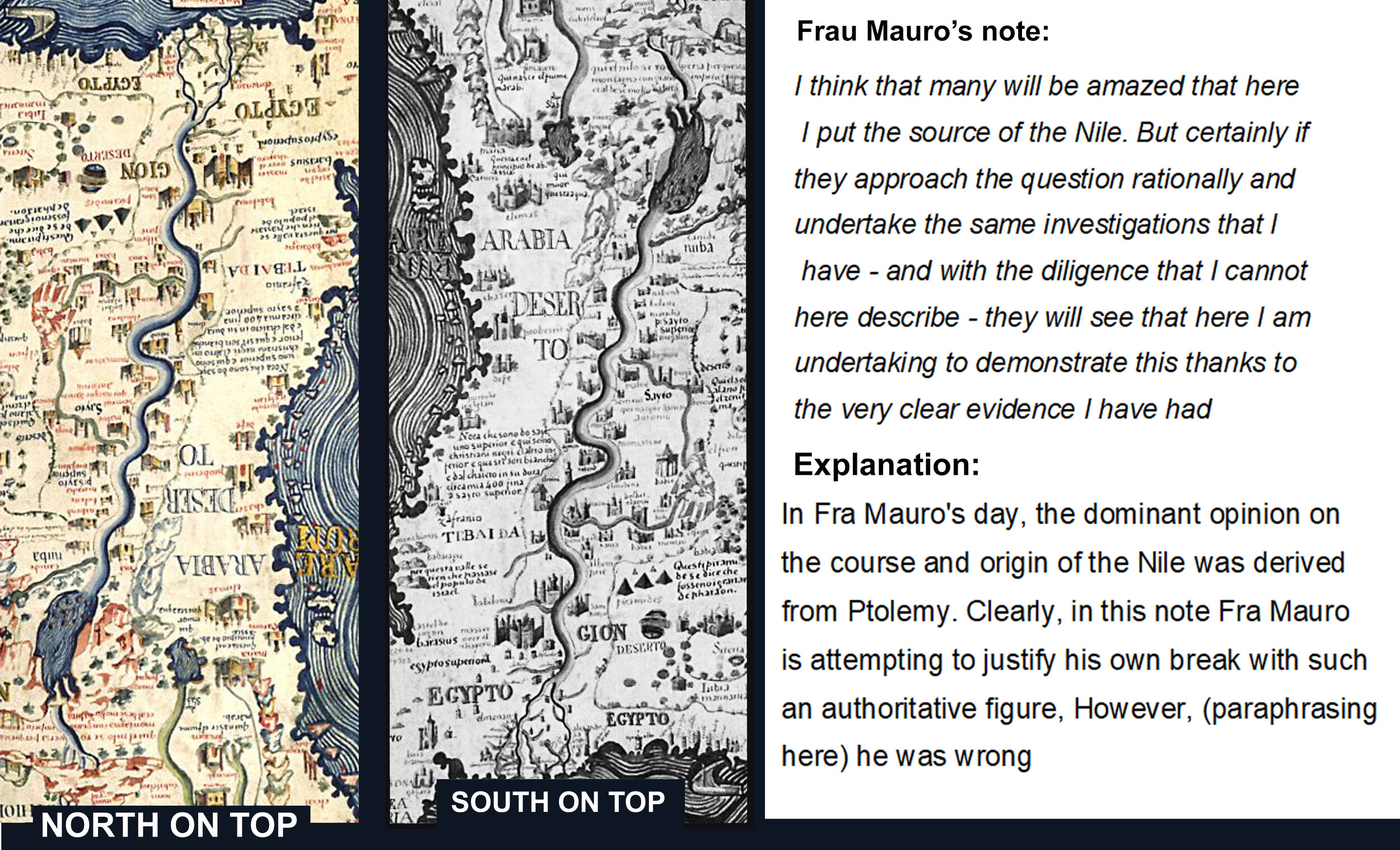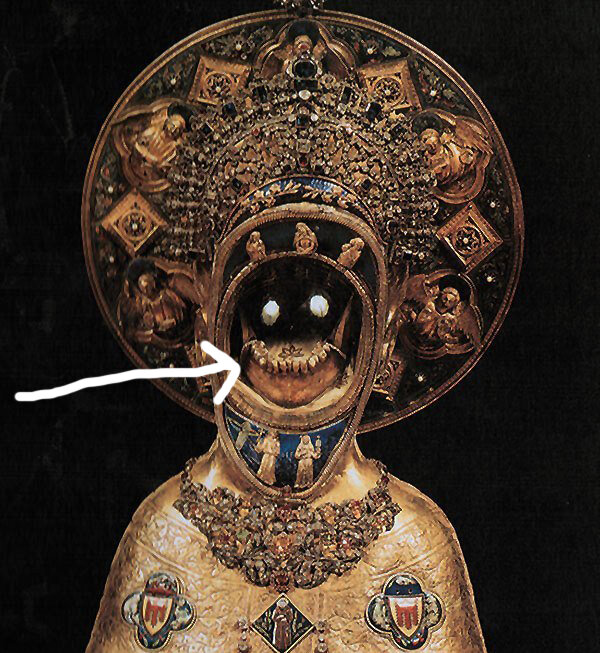Your mom’s old cookie jar. Your grandfather’s watch. Having something that belonged to someone we loved can be a comfort.
….then there are relics.
Wiki tells us that a religious relic is the physical remains (or personal effects) of a saint, preserved for veneration. Which sounds reasonable, until you see what sort of remains/effects they’re talking about. In the Catholic Church, relics include the heads, hands, blood, heart, tongue, jaw and other body parts of saints, most of whom died utterly grisly deaths. Somehow, someone saved some of the breast milk of the Virgin Mary. In addition to pieces of the cross Christ died on, there’s his crown of thorns, various cloths that wiped his face or that he was laid out on, and the actual lance that was used to pierce his side. Most incredibly, relics include Christ’s diapers and “the Holy Prepuce” - his foreskin.

















